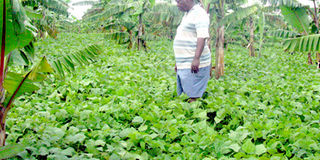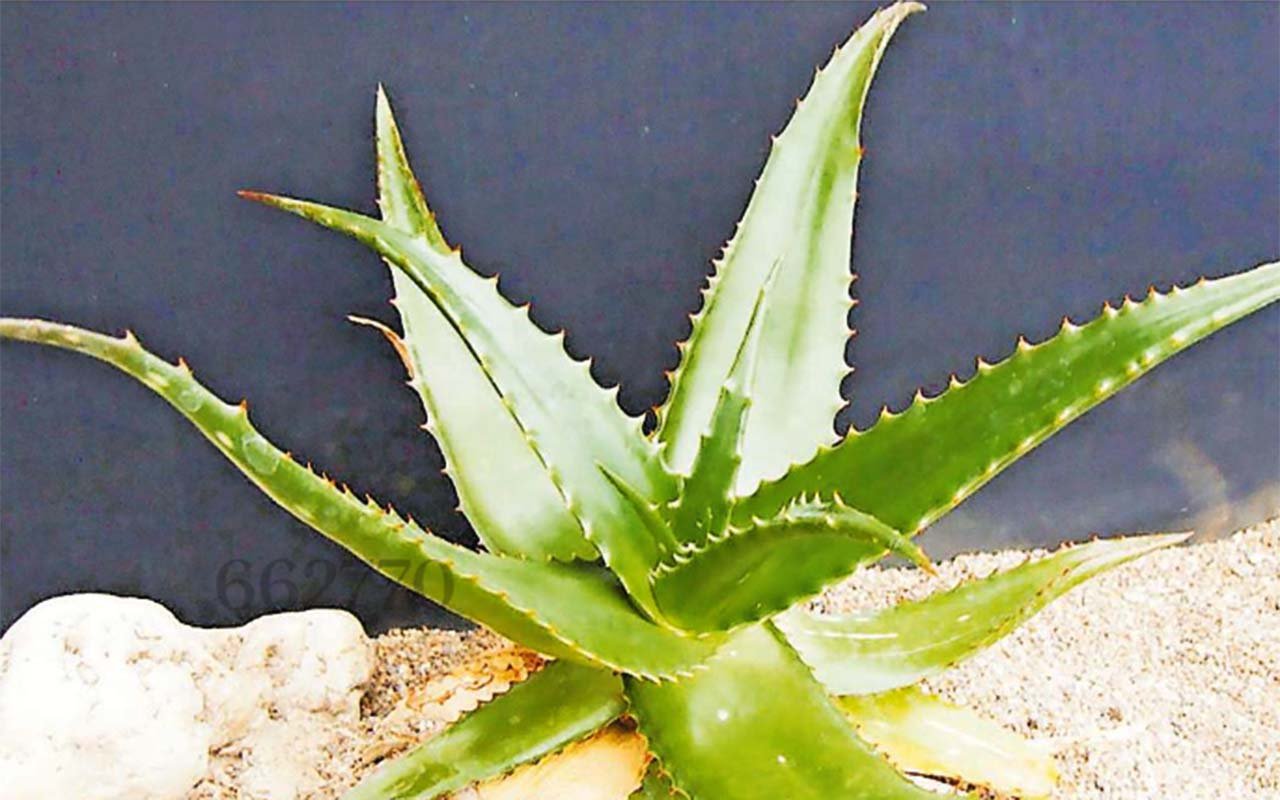Prime
Scientist roots for new technology in banana farming

Many farmers are reluctant to embrace tissue culture propagation when growing banana because of the fear of increased expenses to purchase plantlets and labour required for the technology. PHOTO BY MICHAEL J. SSALI
Even after the successful advent of tissue culture propagation in growing bananas, local farmers are yet to embrace the technology due to the numerous constraints involved.
Tissue culture propagation is the process of growing tissue culture for plant shoot-tips in a laboratory until they are ready for transplant into the field. Plantlets are grown from a healthy banana shoot under controlled, disease-free conditions until they are ready for transplanting.
Because of the highly controlled starter environment, tissue culture propagation significantly reduces disease and dramatically improves yield when coupled with good agronomic practices.
Around 2,000 plantlets can be grown from a single shoot and the tissue culture technology in Africa has increased banana productivity from 20 to 45 tonnes per hectare. This is according to statistics by Africa Harvest, a local agricultural non-profit organisation.
Initially, the technique was adopted for small scale farmers due to a decline in banana production which was caused by widespread soil degradation, infestation of banana orchards with pests and diseases and propagating of new banana plants using infected suckers. Yields can be reduced by up to 90 per cent from using the same suckers on multiple farms, causing a major income loss for farmers.
One pilot project was carried out among the Kenya’s coastal community of Chura by Africa Harvest in conjunction with Du Pont, an American science, agriculture and technology services company.
A similar project was carried out in the Mount Kenya Region and other banana planting areas, and the technique was lauded for the significant improvements shown in yield and growth statistics. Farmers were hence encouraged to adopt the same technique for commercial planting of banana.
However, many farmers are reluctant to make the shift due to the increased expenses and labour required for the technology. Expenses are accrued from the use of high-tech facilities for producing plantlets and the sensitive process used when distributing young plants to farmers.
On top of that, farmers need to use more fertiliser and chemicals to prevent disease taking hold in their orchards so as to establish an orchard that is commercially viable.
Benson Kamau a researcher at the Kenya Agricultural Research Institute (Kari) says the new technology has all the support of the institute and cheaper ways of the propagation were underway to reduce costs.
“Our aim is in part to support the adoption of the technology as well as to improve on the available varieties we have so far and build farmers’ capacity in the whole venture.” says Kamau.
“A viable commercial unit requires on average 80 tissue cultures banana plants. With the average cost of the tissue culture materials being between Kshs80 (about Shs2,000) and Kshs150 (about Shs3,900) per plantlet, a viable commercial enterprise requires 80 plantlets with a capital investment of Kshs7,500 (about Shs195,000) on purchasing plantlets alone.
Many farmers can afford only a few (five-10 plants) which is too small to make any commercial impact,” Kamau said.
There is also need for a wide choice of banana varieties to plant for commercial purposes. Farmers also face the limited availability of clean, disease-free land as well as a limited established marketing and distribution system.
Land scarcity limits the opportunity for rotational production, so many crops are planted in infected soils further perpetuating disease and pest problems.
Owing to the high costs accrued and the lack of a regular profitable market, local farmers are opting to continue with the traditional approach of transferring suckers between farms which is more cost-effective.
Successful projects which have been carried out in the country so far are often funded through external grants and donations by organisations such as Du Pont, Farm Africa, the International Service for the Acquisition of Agri-biotech Applications (ISAAA) and Kenya Gatsby Trust among others. Without this financial support, farmers cannot sustain the projects as they also lack a sustainable source of income with which to purchase laboratory cultured plantlets.
A similar tissue culture project kick started in banana growing regions of Tanzania recorded a high rate of success due to effective lending and micro-credit systems where farmers are able to take plantlets, other critical resources and labour on loan and repay after harvest of the crop. But without such systems in Kenya, farmers can only rely on previous traditional approaches.
Agencies




